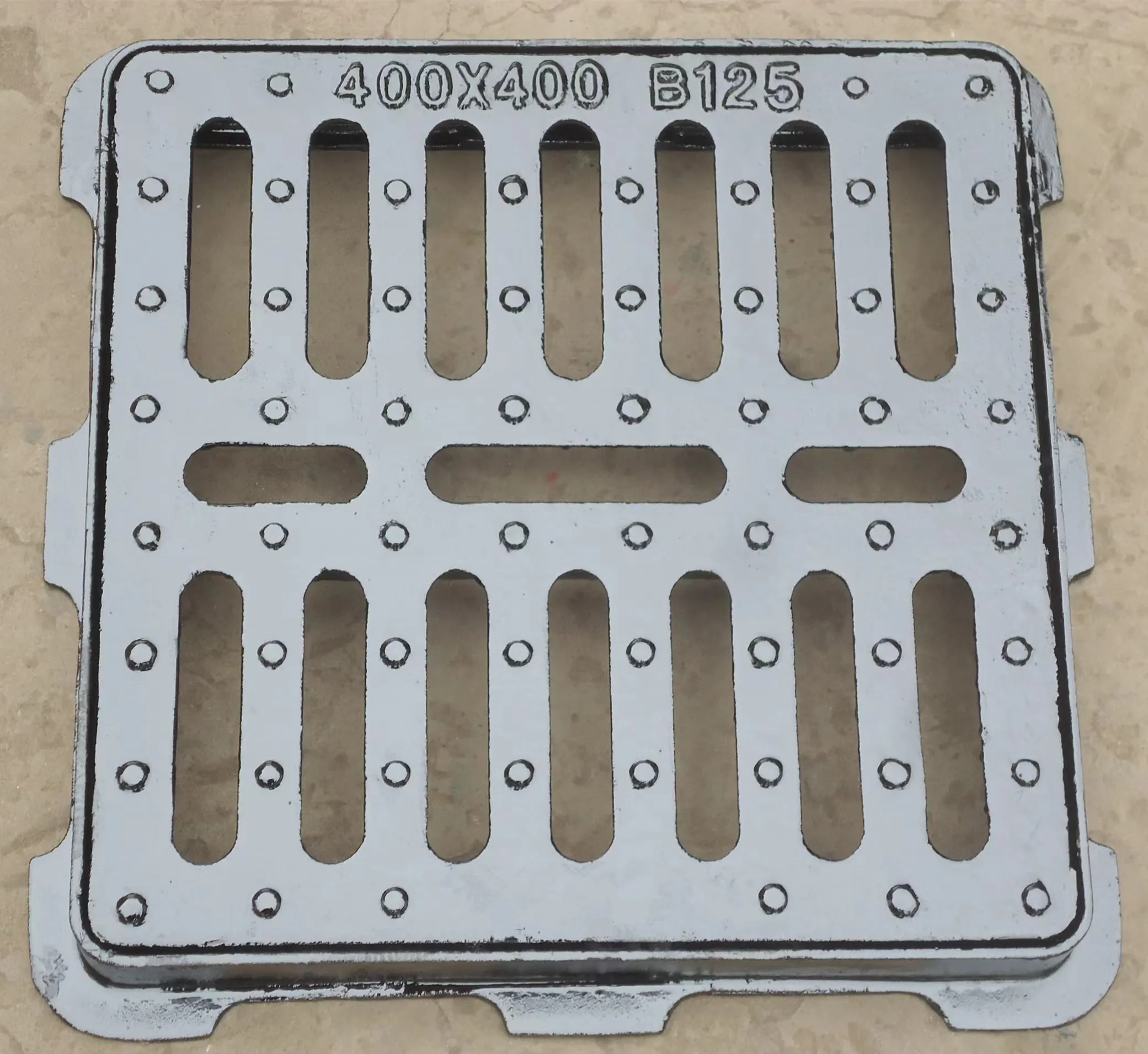Gate Valve Throttling - Understanding and Application in Fluid Control
Understanding Gate Valve Throttling A Comprehensive Overview
Gate valves are a crucial component in various industrial applications, particularly when it comes to controlling fluid flow in pipelines. Traditionally, gate valves are designed for fully open or fully closed positions, making them ideal for on/off operations. However, their usage for throttling—referring to the regulation of flow rates—has garnered significant attention in engineering circles. This article explores the dynamics of gate valve throttling, its implications, and best practices for efficient application.
The Mechanism of Gate Valves
Gate valves function by raising or lowering a wedge-shaped gate within the valve body to control the flow. When the valve is fully open, the fluid flows smoothly through with minimal resistance, providing an unimpeded path. However, as the valve is throttled, the gate partially obstructs the flow, leading to pressure drops and changes in fluid velocity. This throttling effect can be essential in various applications, from managing fluid transport in pipelines to adjusting pressures in complex systems.
When to Use Gate Valve Throttling
While gate valves are not primarily designed for throttling, they can still be effectively employed in specific scenarios. Applications where precise control is not critical can make use of gate valve throttling. For instance, in systems where the pressure and flow rates need to be reduced gradually without sharp fluctuations, a throttled gate valve can provide sufficient control. Some typical use cases might include water management systems, HVAC applications, and even in certain chemical processes.
The Limitations of Throttling with Gate Valves
gate valve throttling

Despite their utility, using gate valves for throttling does come with limitations. The nature of the design means that throttling can lead to flow turbulence, which may contribute to erosion inside the valve or increased wear over time. Additionally, the inability to maintain a stable flow rate can result in inconsistent performance and potential system inefficiencies. Another disadvantage is the risk of “water hammer,” a phenomenon that can occur if there are sudden changes in flow velocities, potentially leading to catastrophic system failures.
Best Practices for Effective Throttling
To maximize the effectiveness of gate valve throttling, certain best practices should be observed
1. Position Monitoring Regularly assess the position of the gate and the flow conditions to prevent extreme throttling situations that can lead to valve damage. 2. Choose the Right Valve Not all gate valves are created equal. Selecting a valve specifically designed for throttling, such as a globe valve, might provide better control. 3. Flow Testing Conduct flow tests to determine the impact of throttling on the overall system performance, identifying potential inefficiencies. 4. Consider Alternatives For applications requiring precise flow control, consider alternatives such as globe valves or regulating valves that are more suited for throttling duties.
Conclusion
Gate valve throttling can be an effective solution for certain fluid control applications, provided that operators are aware of its limitations and best practices. While it may not deliver the precision of dedicated throttling valves, gate valves can provide valuable functionality in a range of industrial settings. By understanding the fundamental principles and potential pitfalls of using gate valves for throttling, engineers and technicians can better harness their capabilities while ensuring system integrity and performance.
-
The Smarter Choice for Pedestrian AreasNewsJun.30,2025
-
The Gold Standard in Round Drain CoversNewsJun.30,2025
-
The Gold Standard in Manhole Cover SystemsNewsJun.30,2025
-
Superior Drainage Solutions with Premium Gully GratesNewsJun.30,2025
-
Superior Drainage Solutions for Global InfrastructureNewsJun.30,2025
-
Square Manhole Solutions for Modern InfrastructureNewsJun.30,2025
-
Premium Manhole Covers for Modern InfrastructureNewsJun.30,2025
